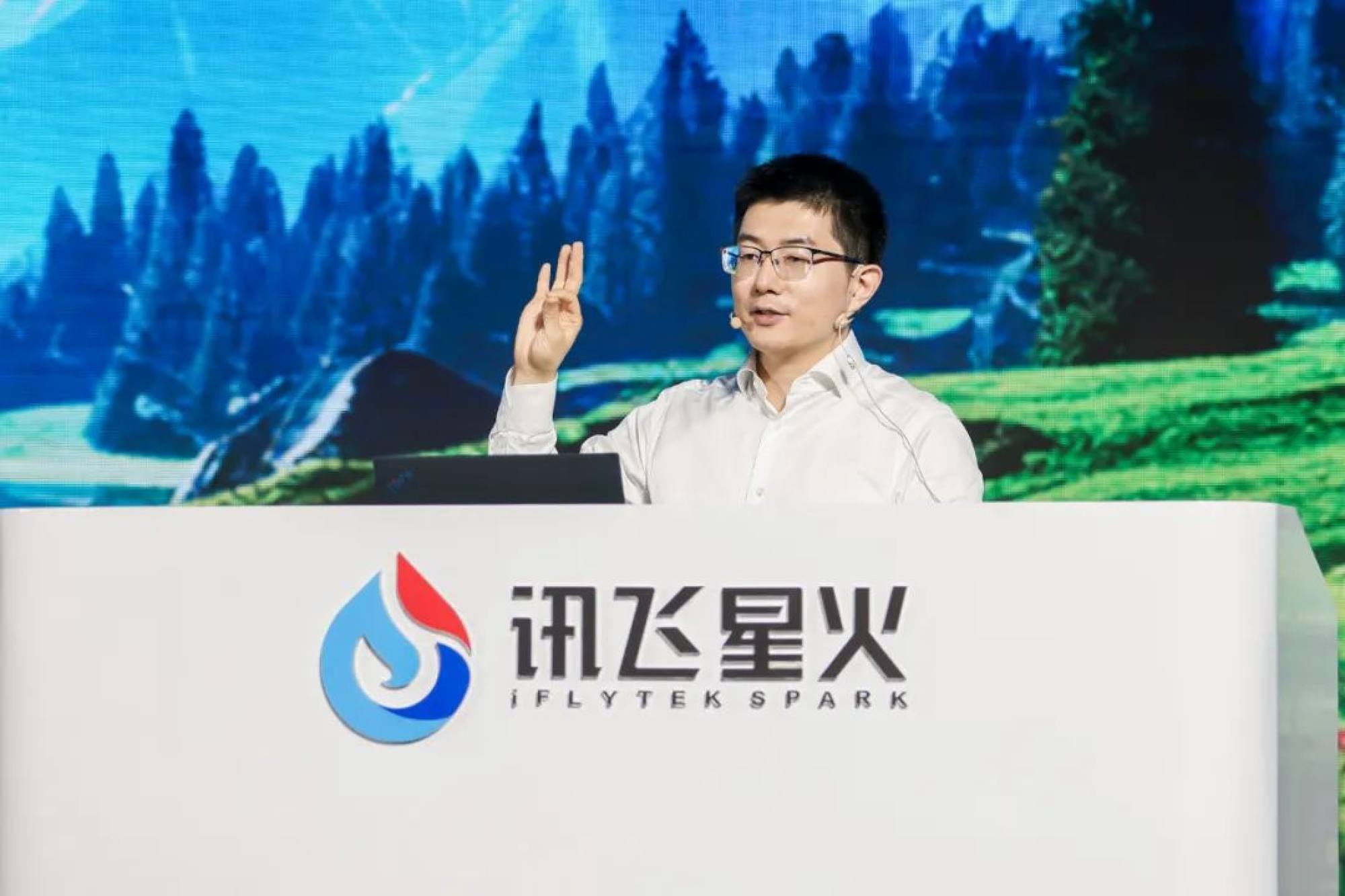
China ‘needs to focus on boosting domestic AI sector to close gap on US’ as export curbs on chips take their toll
- Panel discussion at Boao Forum in Hainan hears there is belief in the industry that China is lagging behind on generative AI
- One industry leader says developing Chinese hardware and software is key to being able to challenge the likes of ChatGPT
China’s artificial intelligence firms need to focus on developing their own hardware and software if they want to catch up with US market leaders, industry leaders have said.
Liu Cong, the vice president of Chinese AI firm iFlytek, admitted the consensus in China was that “we still have a gap” to close on the world leaders in generative AI during a panel discussion at the Boao Forum for Asia in Hainan province on Wednesday.
Chinese generative AI developers rush to upgrade chat bots to handle super long texts
While the country has been running to catch up, he said the key focus must be on achieving “independently owned and controlled hard- and software”, especially in large language models (LLM).
LLMs are the deep-learning AI algorithms behind chatbots such as ChatGPT that can recognise, summarise, translate, predict, and generate content using very large data sets.
Export curbs on semiconductor chips, which are used to process the LLMs, are one of the major hurdles to Chinese generative AI development.
The United States has banned companies like Nvidia and AMD from selling their most powerful chips and the equipment used to manufacture them to China in 2022, citing national security concerns, and has been pushing its other countries to follow its lead.
As a result of this push by Washington, Chinese firms should not only focus on LLM breakthroughs, but also how to develop new hardware and software, Zeng Yi, a Chinese Academy of Sciences professor who also heads the China Electronics Corporation, told the panel.
“I believe that artificial intelligence is still the key to the global industrial chain trend. But we must also be prepared to not rely on these technologies in hardware infrastructure, which may be decoupled from us,” Zeng said.
The US and China are locked in intense competition to dominate the AI field and China is perceived to have a growing lead in areas such as facial recognition and autonomous driving.
But generative AI has been transformed since OpenAI – the ever-first human-like chatbot that was trained with large datasets covering topics from history to computer codes – launched ChatGPT in November 2022.
Chinese scientists say AI model can mark the best spots for solar panels
Christopher Thomas, a Beijing-based senior fellow at Brookings Institution, echoed this in another panel on AI governance on Thursday, saying: “If you think of the ability to drive artificial intelligence as the ability to control and manage computing, computing is essentially dominated by the United States, with China as a very distant second.”
In a world “where America will do all of its own thing, and China will do all of its own thing ... we’re going to waste our money on duplication, rather than solving problems”, he said.
But Yuan was optimistic about a breakthrough. He said no single country or company could fully and independently “own” artificial intelligence as their competitors will develop similar or more advanced chips whenever new products appear.

Besides the US chip ban, China also faces domestic challenges such as the huge costs of computing and censorship .
Zeng said a risk averse approach is the biggest challenge to China’s AI development, and questioned whether people were willing to challenge the majority view.
‘’I think the biggest challenge of artificial intelligence in China now is that we may not be good at taking greater risks. In the process of exploring the unknown, we are not willing to pay more costs .... this is the biggest crux of the development of artificial intelligence in China.”


